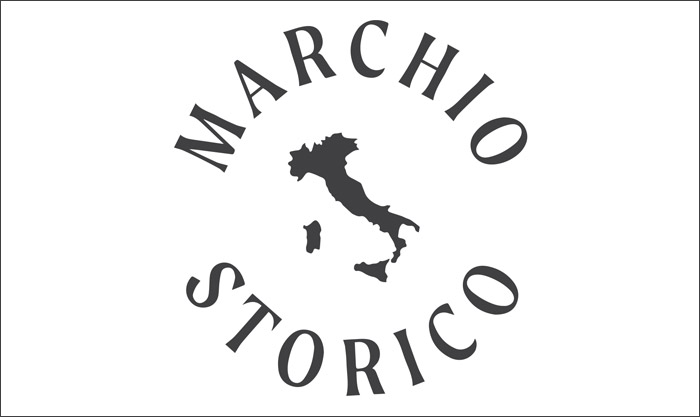- ΣΥΛΛΟΓΕΣ
- Εταιρία We are proud to announce that our Brand has been added to the Special Register of Historic Brands of National Interest. Discover more

- Magazine

There are many types of parquet, each with different resistance and durability characteristics, which are therefore recommended for rooms used for different purposes.For rooms such as the kitchen or bathroom, which are often characterised by a high moisture level, two main kinds are usually recommended: teak and wenge. High-quality tropical teak is hard-wearing, stable, impermeable, strong and stylish, with a colour which varies from light yellow to bronze. This type of parquet is believed to be the most resistant to atmospheric agents, moisture, salt and knocks. This is why it is also recommended for outdoor flooring or for more “sensitive” rooms.Another type of wood which offers excellent resistance is wengé. Wengé parquetis darker than teak and offers excellent durability and resistance to aggressive environments, which is why it is suitable for use in the kitchen.
One trick you could use to optimise the resistance of parquet in the kitchen is to combine it with tiles, or more specifically with porcelain stoneware, in the most critical areas. Which part of the floor is most at risk of wear and tear? The area nearest the sink and the cooker for the kitchen and sanitary ware for the bathroom.Many architects, in fact, suggest combining the two materials so as to cover the surface near the cooker with tiles and the rest of the room with parquet. This fusion is not only functional; it can create a beautiful interplay of shapes and colours, which are combined in accordance with the overall style of the kitchen.